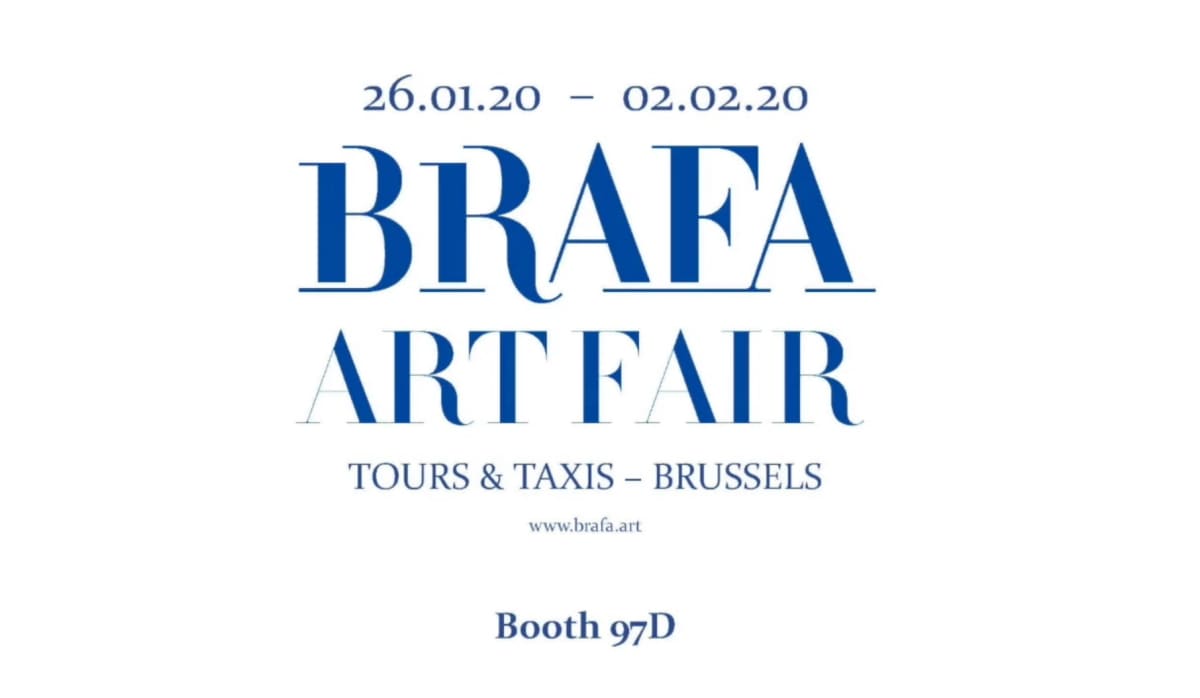César Baldaccini, dit César French, 1921-1998
-
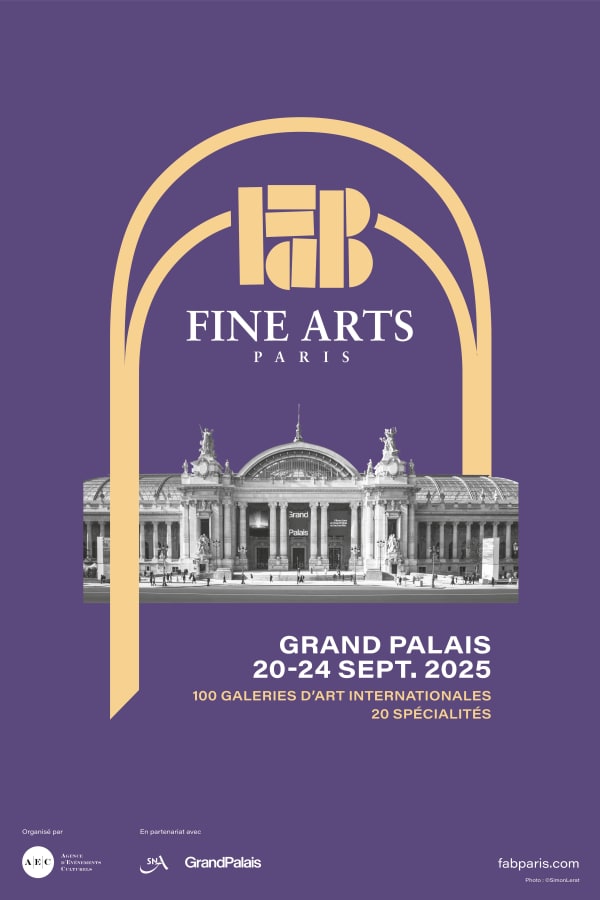
FAB 2025 : Fine Arts La Biennale
20 - 24 Sep 2025This year, for its second participation in FAB Paris, which will be held at the Grand Palais from 20 to 24 September 2025, the Galerie...Read more -
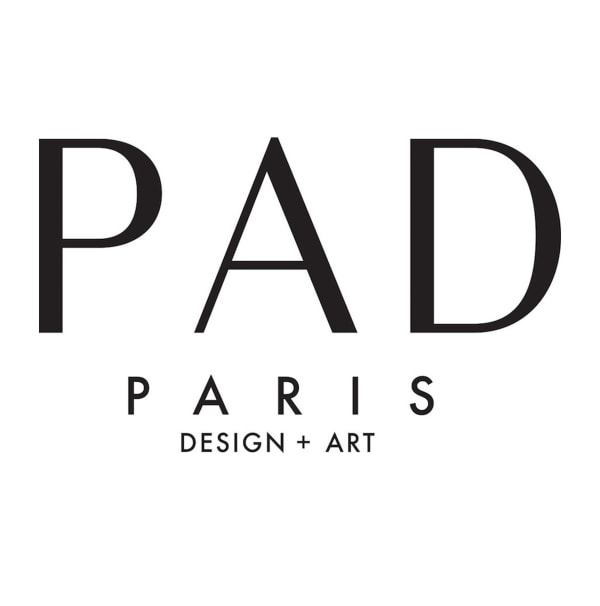
PAD 2022
Design + Art 5 - 10 Apr 2022Read more -
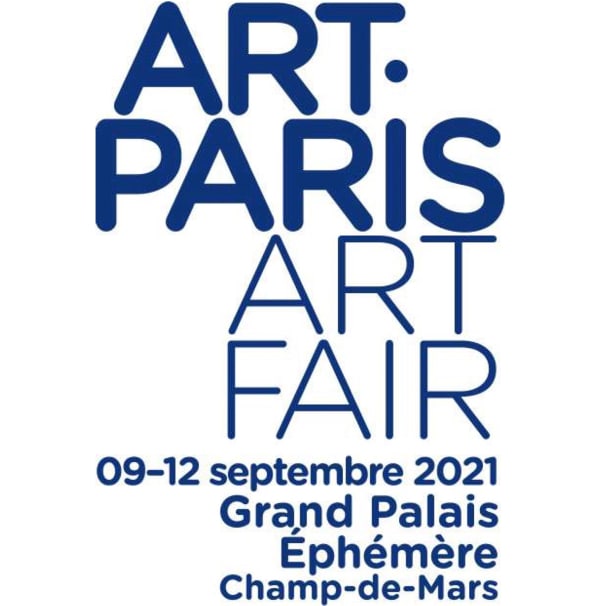
Art Paris 2021
9 - 12 Sep 2021The First Modern and Contemporary Art Fair to Take Up Residence in the Grand Palais Éphémère on the Champ-de-Mars Art Paris will be the first...Read more -
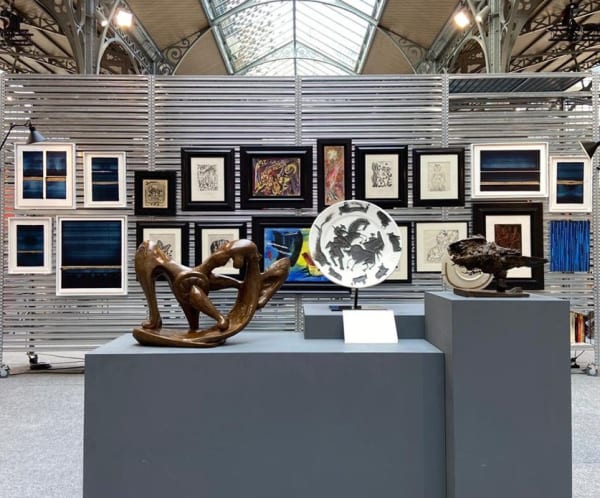
Galeristes
Le Pari(s) : Semaine de l'Art 23 - 25 Oct 2020Read more -
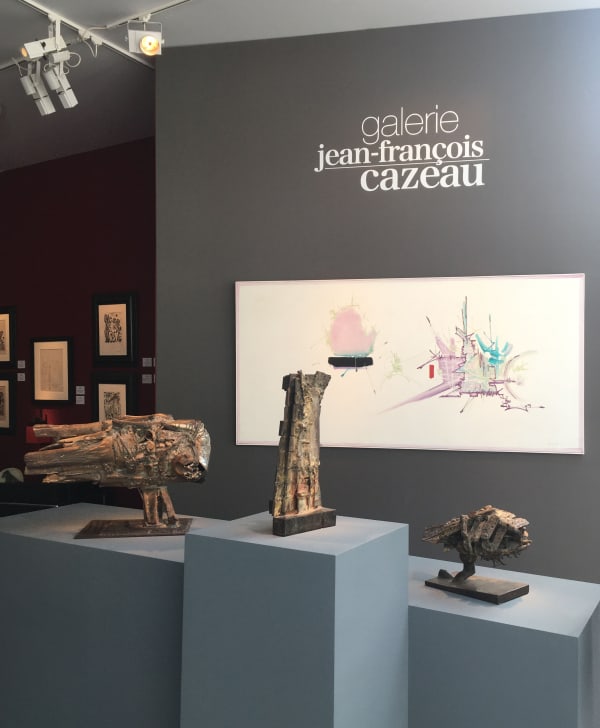
ART PARIS 2020
10 - 13 Sep 2020Art Paris 2020, the modern and contemporary art fair, is reborn at the Grand Palais from September 10 to 13. It will be the first...Read more
Work belonging to the series of plates, it is brought, as explains Caesar, by the series of Wings. Originally titled Shields, the plates are schematically described as large square works. The plates do not arrive by a "conceptual shift lucidly operated by the artist, but a cascial consequence of the handling of the metal waste used by the welding" as Renaud Bouchet explains in his book Les Fers de César. César himself explains this by explaining: "After the nude, my imagination began to work with the material. What to do with this square of metal? Instead of that I decide to make a nude with it, it is the square that decided. This is how I made great squared works, I thought through the material." The Plaques thus become César's most "natural" sculptures, which allow themselves to be guided by iron, while still giving each of them a singularity and organic strength that is felt in the work of 1956-1957, reproduced above.
César, born of Italian parents in Marseille, is remembered as one of the most important sculptors of the second half of the 20th century. He grew up in one of the poor districts of Marseille before moving to Paris in 1943 to attend the L'Ecole Nationale des Beaux-Arts. As a young artist, with very few resources, he finds his material in the street, and goes to the scrap yards to pick up what he can. From there begins his history with scrap metal.
"When I was young, I thought I would become a sculptor like Michelangelo, like Maillol, like Giacometti. A sculptor, originally touches earth. Then, I realized that there had been Gonzales, Picasso ... there are a lot of people who used iron, it was not new. What was new was rather the recovery of scrap material.
The possibility of using the foundry, and using recycled materials therefore creates new situations, which allowed César to manufacture large works.
By tinkering with the iron rods that serve as reinforcement for the plaster sculptures, he realizes that this material is more interesting than the one he wanted to cover it with.
Admittedly, he is not the first to use iron: Gonzalez and Picasso, among others, preceded him. But he will innovate the medium, thanks to a technique imported from the industry: the arc welding, which allows a flexibility that his predecessors did not have. Rather than beating the iron when it's hot, he can literally model it. "It's simple," he said, "I can solder a needle to an anvil." It is also inspired by existing objects. Picasso saw a bull's head in the assembly of a saddle and bicycle handlebars. Cesar seizes the curvature of a stovepipe to form the body of his Rooster of 1947. An ax iron becomes the head of the Warrior of 1949.
When Daniel Abadie, during the retrospective devoted to the artist at the Galerie Nationale du Jeu de Paume in 1997, asked him if this type of transposition was not simply inspired by this plastic inventiveness of Picasso, the sculptor replied: "It's not that at all, because the sculptures I made in Villetaneuse are not found objects, it's still scrap metal…". Pierre Daix, one of the best specialists of Picasso goes further by asserting that Caesar creates "in three dimensions the equivalence of what is the key in painting ».
César quickly becomes famous. His welded iron pieces are sought out by many collectors. He gets invited to the Venice Biennale in 1956, exhibits at the Hanover Gallery in London in 1957, and receives awards and medals in London and Brussels in 1958. In 1959, he participates in the second Documenta of Cassel with three sculptures. Then risks everything by exhibiting his automobile compressions at the Salon of May 1960. He later explains to Bernard Blistène, during a retrospective in Marseille in 1993: "I wanted to do with the machine what I was doing with my hands ... (...) I only let the machine do what my hands could not do." And there too, he was the first.
He defined himself as unconventional and will continue throughout his artistic creation to explore formats and techniques. "I go where the wind takes me" and "I hate the ease" are sentences he will repeat in several interviews.
Not much of a calculator, he explained that the "things" he made were not premeditated, they were lived, meaning that these works are experiences, instantaneous moments, impulsive inspirations.
In 2018, César is posthumously honored with a retrospective at the Centre Georges Pompidou, celebrating the artist as one of the biggest contributors to 20th century sculptor worldwide. Now well represented in museums across the world, notably the Museum of Modern Art, New York, the Tate Gallery, London, and the Musée d'Art Moderne in Paris.
